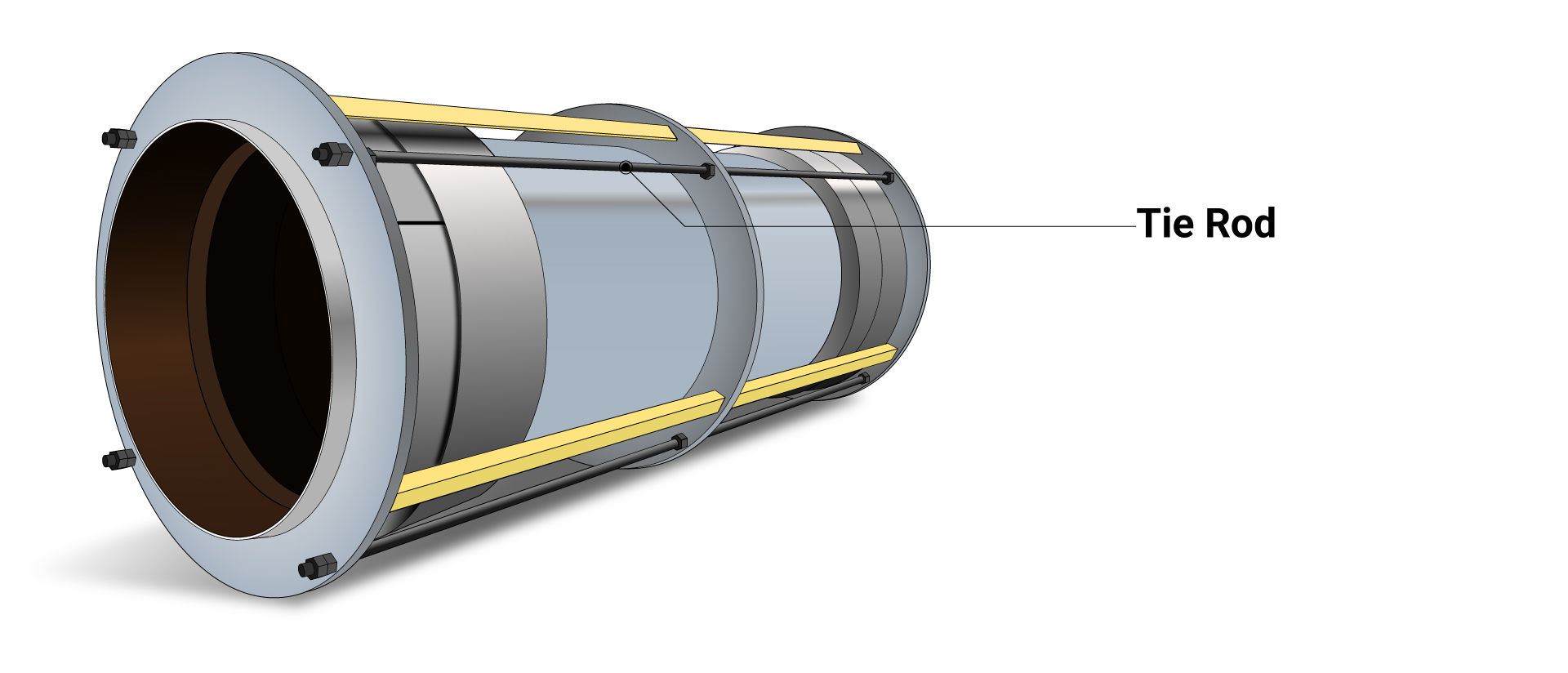A movement guide controls the thermal motion of the piping system into the bellows
Read MoreTag: faq
How thick are internal liners for bellows?
Usually, the liner material can be the same as the system pipe material, such as carbon steel, with liner thicknesses of 1/8-inch and greater depending upon flow rate and diameter.
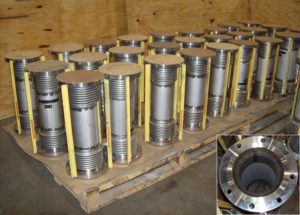
How do you restrain the growth of a bellows?
The growth of an expansion joint bellows is restrained with the use of limit rods.
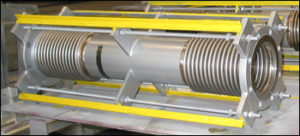
What is an internal liner?
Internal liners are an expansion joint accessory used to protect the convolutions from direct flow impingement, which can cause erosion and flow-induced vibration. They are recommended to extend the life of metallic expansion joints.
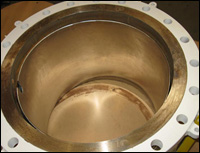
How do you handle pressure thrust in a piping system?
Pressure thrust can be absorbed by placing anchors in a system or by using an expansion joint with tie rods.

What is a directional anchor on a bellows?
A directional anchor restrains the pressure thrust from the expansion joint and allows for movement in a direction perpendicular to the pressure thrust.

Why do the universal expansion joints need to be tied?
The tie rods are used to take the pressure thrust forces. Most universal expansion joints use tie rods to eliminate the requirements for main anchors
Read MoreWhat is the purpose of the control rods in an expansion joint?
Control rods are used to control axial and lateral movements of the expansion joint.

When do you use limit rods on expansion joints?
Limit rods are used to limit axial expansion or compression to prevent the bellows from over-compression. Limit rods are designed to absorb the pressure thrust of the expansion joint in case of anchor failure.

What is the purpose of tie rods on an expansion joint?
What is the Purpose of Tie Rods on an Expansion Joint?
Tie rods are vital components of expansion joints. Their job is to maintain full pressure thrust from the bellows and the pipeline. This prevents the pressure force of the pipeline from pushing and over-stressing the piping system anchors or equipment.
Tie rods help restrain this force. They allow the expansion joint to move side-to-side without requiring large, expensive main anchors.
Pressure Control and Movement
Tie rods are engineered to manage the significant internal pressure forces within a piping system. By connecting the ends of the expansion joint, they create a continuous support.
This absorbs the pressure thrust and, at the same time, prevents the bellows from overextending. This delivers the required flexibility in the system and protects the surrounding equipment and pipe supports from damaging forces.
The only forces that the piping system would need to worry about are the spring rate forces of the expansion joint, i.e, the force required to move the expansion joint laterally.
Note that you must use two tie rods for angular rotation to happen. You should place these rods at a 90-degree angle opposite the direction of rotation.
The Advantage of Using Tie Rods for Your Expansion Joints
Tie rods restrain pressure thrust while allowing for lateral deflection, which is crucial for piping systems that experience lateral movement.
There’s also another important aspect to consider: the economic advantage of using tie-rods on an expansion joint. As explained previously, adding tie-rods to an expansion joint restrains the pressure thrust of the pipe. This allows the piping designer to eliminate bulky anchors that are overdesigned to handle the full pressure load, and may eliminate many guides since the tied expansion joint is self-supporting.
While the upfront cost of a tied universal expansion joint is higher compared to a single expansion joint, you need to consider the cumulative costs of guides that would be needed in the single expansion joints to prevent them from buckling, plus the anchors for the pipe ends. Those additions make single expansion joints the more costly choice.
Not sure about whether your expansion joint needs tie rods or how adding tie rods could affect your piping system? Schedule time with our engineers or download a catalog.
Next read: The difference between tie rods and limit rods.
Read MoreIs the bellow really being compressed or is the entire bellow moving?
| When there is an axial movement, the in-line bellows will start compressing and the balancing bellows will extend and vice versa. Both bellows will be moving.
|
Can axial as well as lateral expansion be absorbed together in a single bellows design?
Yes, axial as well as lateral expansion joints can be absorbed together in a single bellows design, but the lateral movement would be very minimal compared to a double or universal type expansion joint.
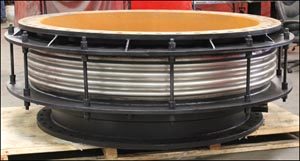
Read More
Can I use an axial expansion joint to absorb pipe expansion with gap inside tie rod nuts without passing thrust on the equipment?
No, you cannot use an axial expansion joint because thrust force will be acting until the gap is closed between the tie rod nuts. When the nuts touch the lugs, the thrust force will not act upon the equipment.
Read MoreFor a higher pressure system, how do you absorb pipe axial displacement without pressure thrust going to equipment with use of the expansion joint?
By using an in-line pressure balanced expansion joint.

How do you design universal bellows with two different sizes?
The preferred method to design universal expansion joints would be to use a larger diameter bellows and use a reducer at the end of the expansion joint. This would ensure angular rotation and axial movement between the two bellows.
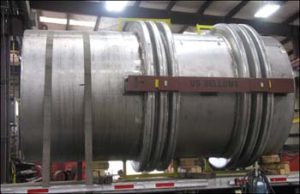
How do I decrease thrust force in an axial expansion joint?
To decrease the thrust force in an axial expansion joint you must decrease the height of the bellows. However, this method will also increase the forces necessary to deflect the bellows.







